

| Cruise Region : Europe |
| Company : Oceania Cruises |
| Ship : Marina |
| Journey Start : Fri 26 Jun 2026 |
| Journey End : Fri 10 Jul 2026 |
| Count Nights : 14 nights |
| Day | Date | Port | Arrival | Departure |
|---|---|---|---|---|
| 1 | 26.06 Fri | London / Great Britain | 07:00 | 17:00 |
| 2 | 27.06 Sat | Day at sea / Sea | ||
| 3 | 28.06 Sun | Belfast / Great Britain | 06:20 | 18:30 |
| 4 | 29.06 Mon | Killybegs / Ireland | 08:00 | 18:00 |
| 5 | 30.06 Tue | Portree / Great Britain | 10:00 | 17:00 |
| 6 | 1.07 Wed | Lerwick / Great Britain | 09:00 | 17:00 |
| 7 | 2.07 Thu | Måløy | 10:00 | 18:00 |
| 8 | 3.07 Fri | Alesund / Norway | 07:00 | 16:00 |
| 9 | 4.07 Sat | Skjolden / Norway | 08:00 | 16:00 |
| 10 | 5.07 Sun | Nordfjorden / Norway | 08:00 | 16:00 |
| 11 | 6.07 Mon | Ulvik / Norway | 11:00 | 17:00 |
| 12 | 7.07 Tue | Mandal | 11:30 | 20:00 |
| 13 | 8.07 Wed | Fredrikstad / Norway | 09:00 | 19:00 |
| 14 | 9.07 Thu | Copenhagen / Denmark | 12:00 | |
| 15 | 10.07 Fri | Copenhagen / Denmark | 17:00 |


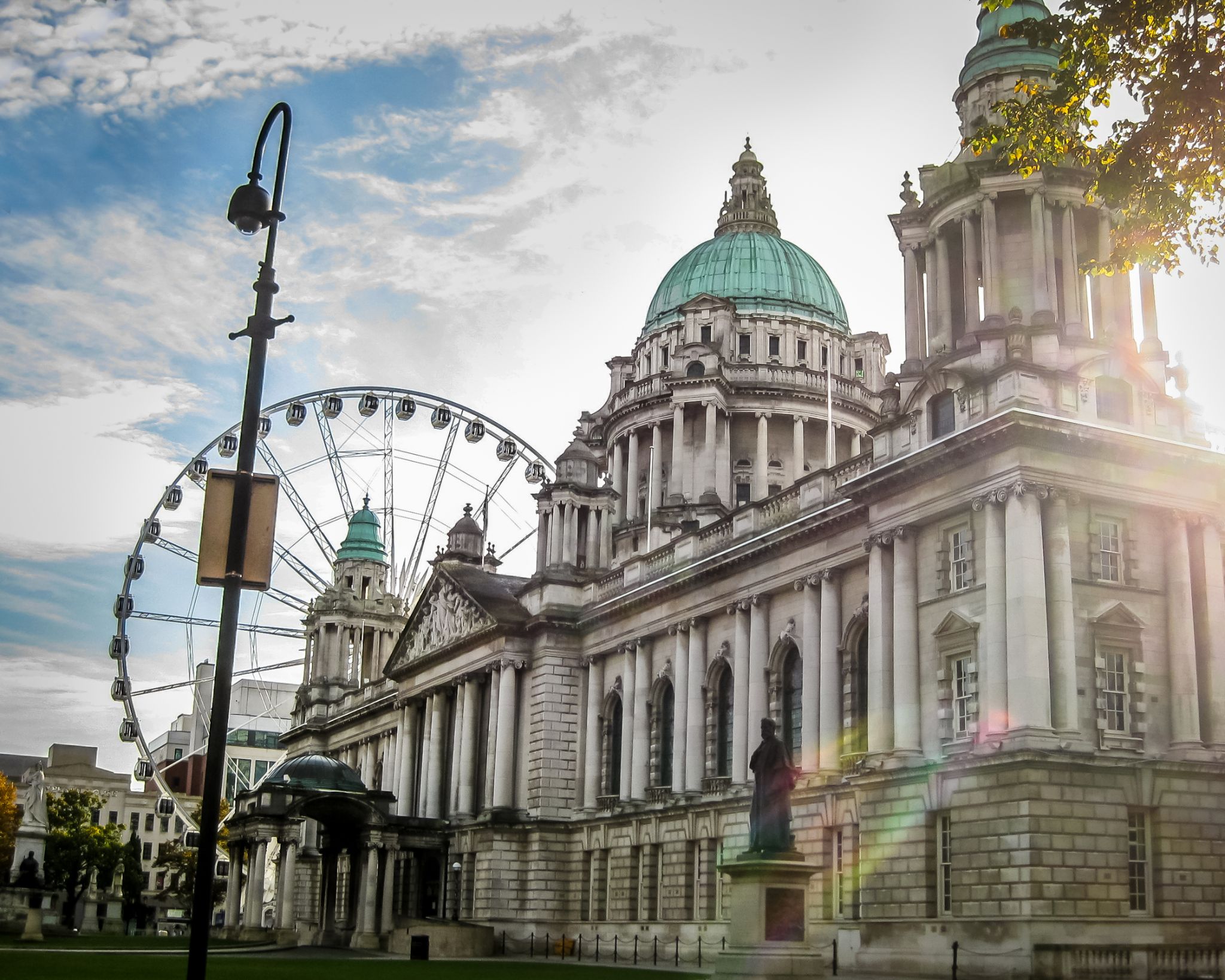
Belfast is a port city in the United Kingdom and the capital city of Northern Ireland, on the banks of the River Lagan on the east coast of Ireland. It is the largest city in Northern Ireland and second largest on the island of Ireland. It had a population of 333,871 in 2015.
By the early 1800s Belfast was a major port. It played a key role in the Industrial Revolution, becoming the biggest linen producer in the world, earning it the nickname "Linenopolis". By the time it was granted city status in 1888, it was a major centre of Irish linen production, tobacco-processing and rope-making. Shipbuilding was also a key industry; the Harland and Wolff shipyard, where the RMS Titanic was built, was the world's biggest shipyard. It also has a major aerospace and missiles industry. Industrialisation and the inward migration it brought made Belfast Ireland's biggest city and it became the capital of Northern Ireland following the Partition of Ireland in 1922. Its status as a global industrial centre ended in the decades after the Second World War.
Belfast suffered greatly in the Troubles, and in the 1970s and 1980s was one of the world's most dangerous cities. However, the city is now considered to be one of the safest within the United Kingdom. Throughout the 21st century, the city has seen a sustained period of calm, free from the intense political violence of former years and has benefitted from substantial economic and commercial growth. Belfast remains a centre for industry, as well as the arts, higher education, business, and law, and is the economic engine of Northern Ireland. Belfast is still a major port, with commercial and industrial docks dominating the Belfast Lough shoreline, including the Harland and Wolff shipyard. It is served by two airports: George Best Belfast City Airport, and Belfast International Airport 15 miles (24 km) west of the city. It is listed by the Globalization and World Cities Research Network (GaWC) as a Gamma global city.


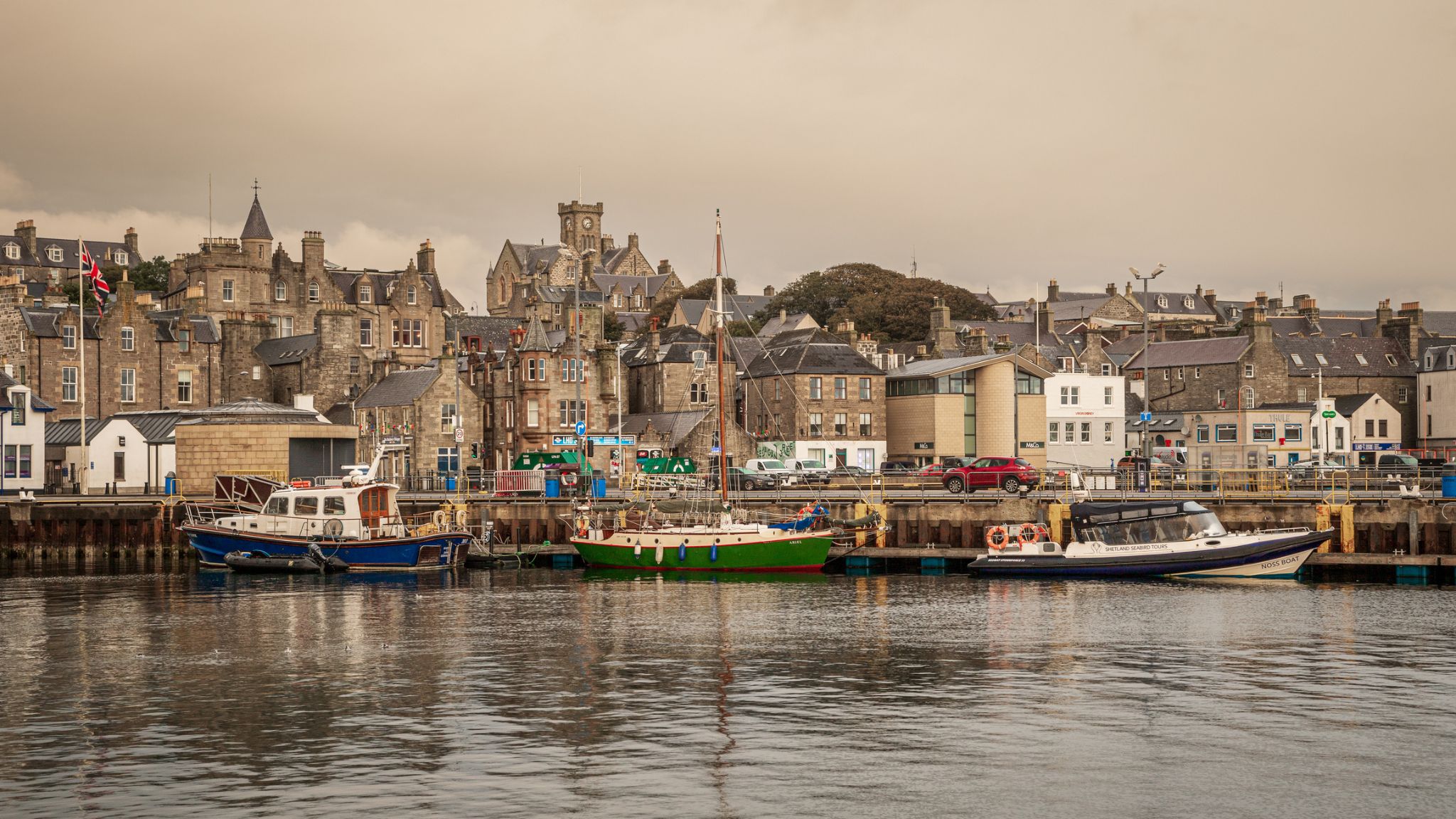
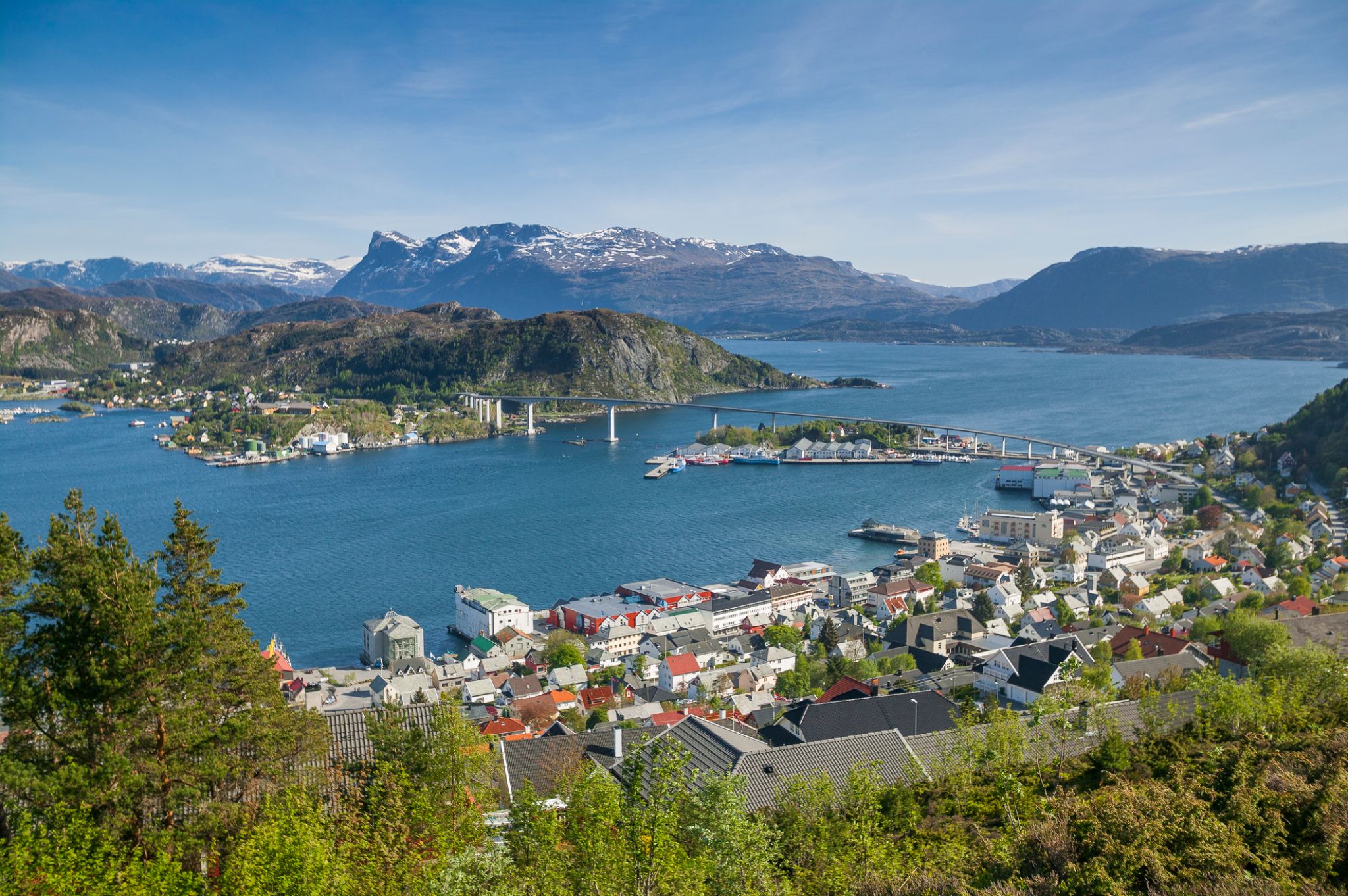
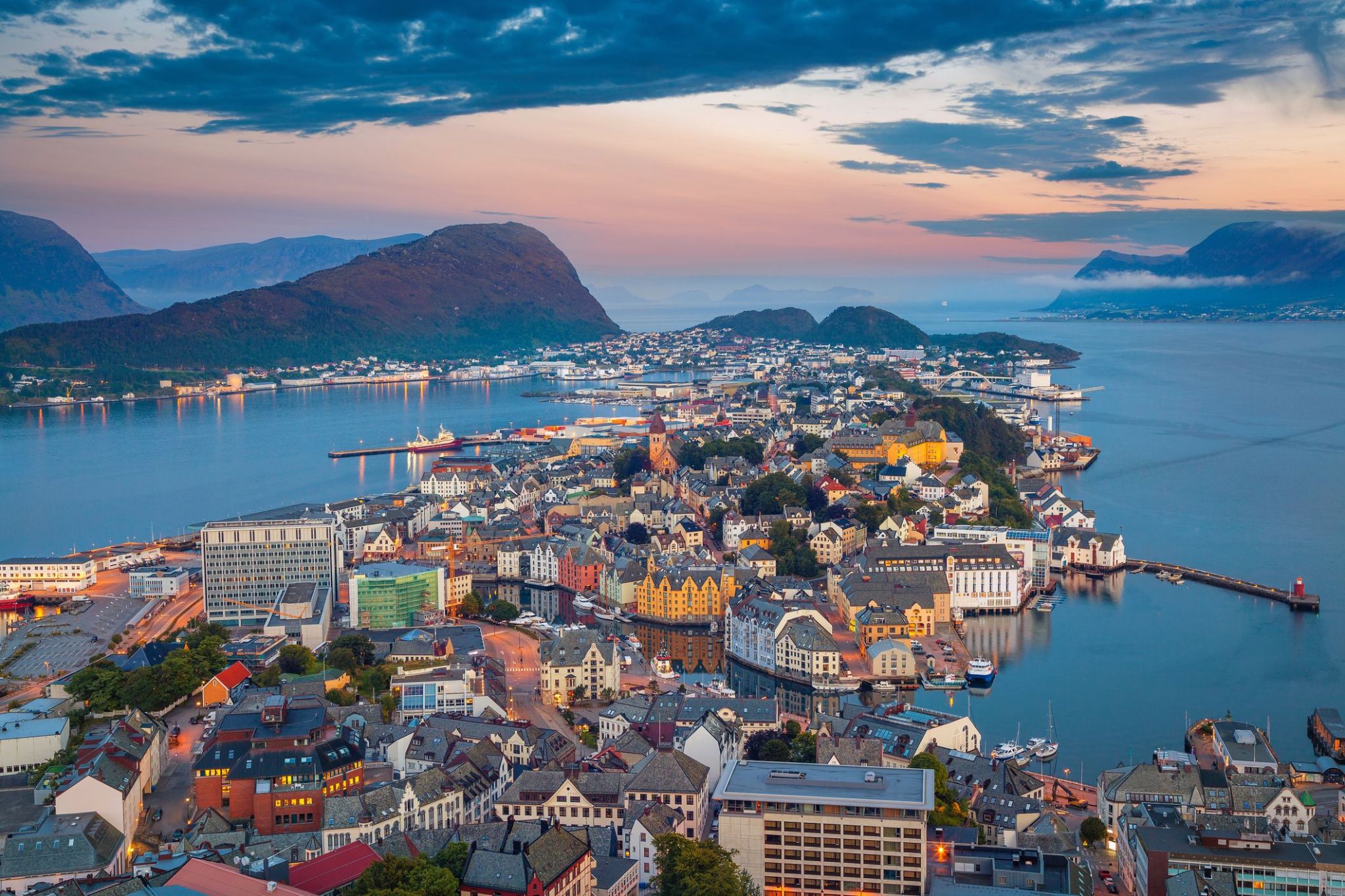
Nestled between majestic fjords and the open sea, Ålesund captivates visitors with its unique blend of natural beauty and distinctive architecture. Known for its stunning Art Nouveau style, rebuilt after a devastating fire in 1904, the town offers a charming atmosphere where colorful buildings line the waterfront, creating a picturesque setting unlike any other in Norway.
Adventurers and culture lovers alike find plenty to enjoy in Ålesund. From hiking up the viewpoint at Aksla Hill for panoramic views of the archipelago to exploring local museums and fresh seafood markets, this coastal town invites travelers to immerse themselves in Norway’s maritime heritage and breathtaking landscapes. Whether cruising the nearby fjords or wandering the narrow streets, every moment in Ålesund promises memorable discoveries.

Skjolden is a small, picturesque village in western Norway, located at the very end of the longest fjord in Europe — the Sognefjord. This place is especially valued for its seclusion, natural tranquility, and breathtaking mountain landscapes. Skjolden lies at the foot of the Jotunheimen National Park and near the Nigardsbreen glacier, making it an ideal starting point for glacier hikes, trekking, and wildlife observation.
Despite its modest size, Skjolden has a unique charm: visitors can stay in cozy family-run hotels with views of the water, try local cuisine, and enjoy the unhurried atmosphere of a Norwegian village. The region is popular among travelers seeking an authentic connection with northern nature rather than mass tourism. During the summer, cruise ships stop here, allowing tourists to spend a day in the very heart of the Norwegian fjords.
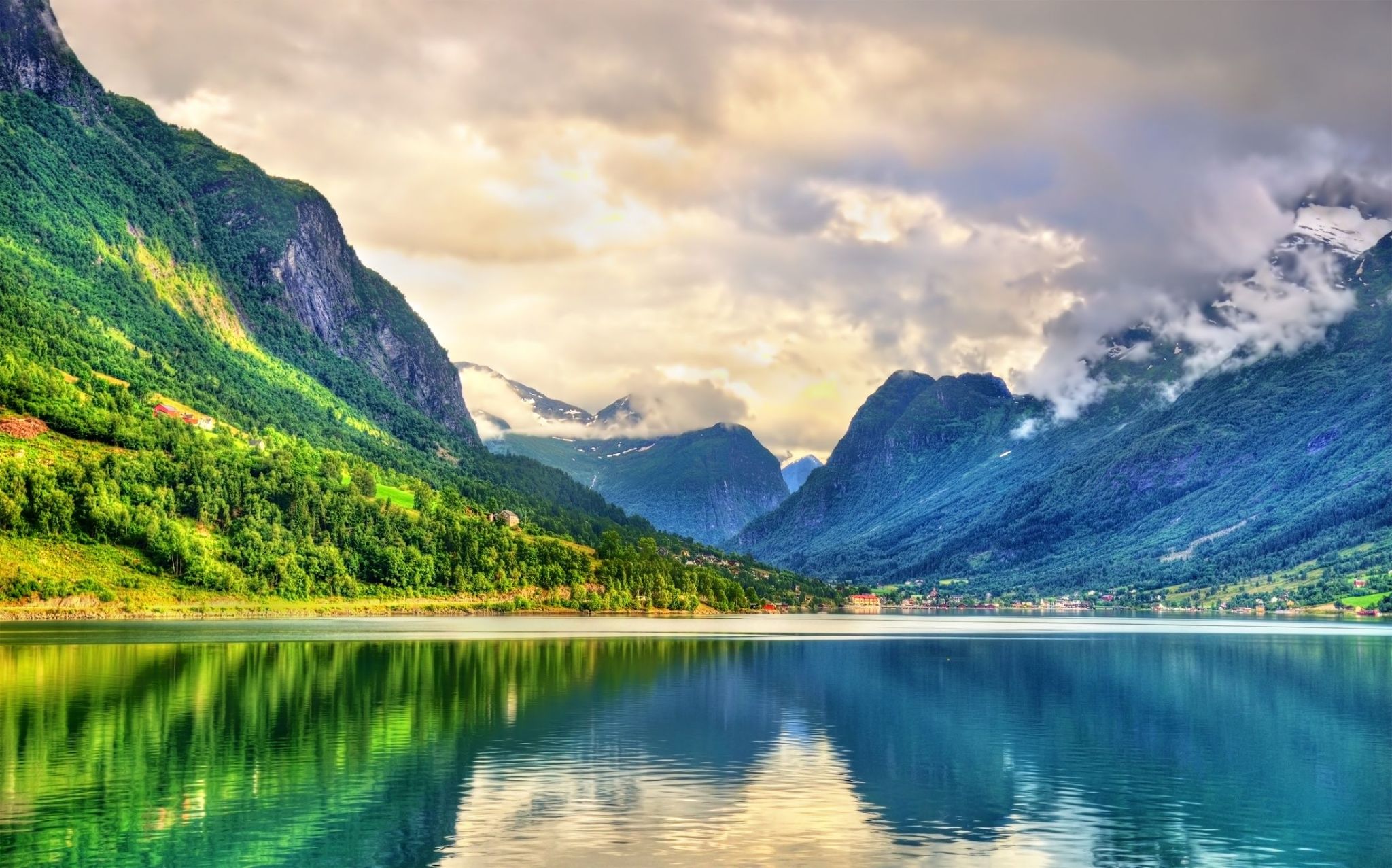
Nestled in the heart of Norway’s western coastline, Nordfjorden offers travelers a breathtaking blend of majestic fjords, serene villages, and rich cultural heritage. Stretching over 100 kilometers, this fjord is renowned for its dramatic cliffs and crystal-clear waters that invite visitors to explore by boat, kayak, or scenic hikes. Nature lovers will be captivated by the peaceful atmosphere and stunning vistas, while history enthusiasts can discover charming traditional farms and centuries-old settlements lining the fjord’s edges.
Visitors to Nordfjorden can experience a wide range of outdoor activities, from glacier walks on the nearby Jostedalsbreen to fishing in tranquil coves. The region is also famous for its vibrant local festivals and warm hospitality, making it an ideal destination for families and solo travelers alike. Whether you’re seeking adventure or relaxation, Nordfjorden promises an authentic Norwegian experience wrapped in natural beauty and cultural richness.

A peaceful haven among the Norwegian fjords, Ulvik captivates travelers with its sincere simplicity and picturesque scenery. Situated on the shores of the Hardangerfjord, this charming place offers a unique blend of nature and culture: from walks through blooming orchards to visits to family-run farms where you can sample local cider, considered one of the best in the region.
Ulvik also inspires those seeking solitude and serenity. Quiet hiking trails, old wooden churches, and the chance to watch mountains mirrored in the calm fjord waters make this destination a true retreat for the soul. Regardless of the season, there’s always a reason to stay longer—for the silence, the tastes, and the unforgettable beauty.
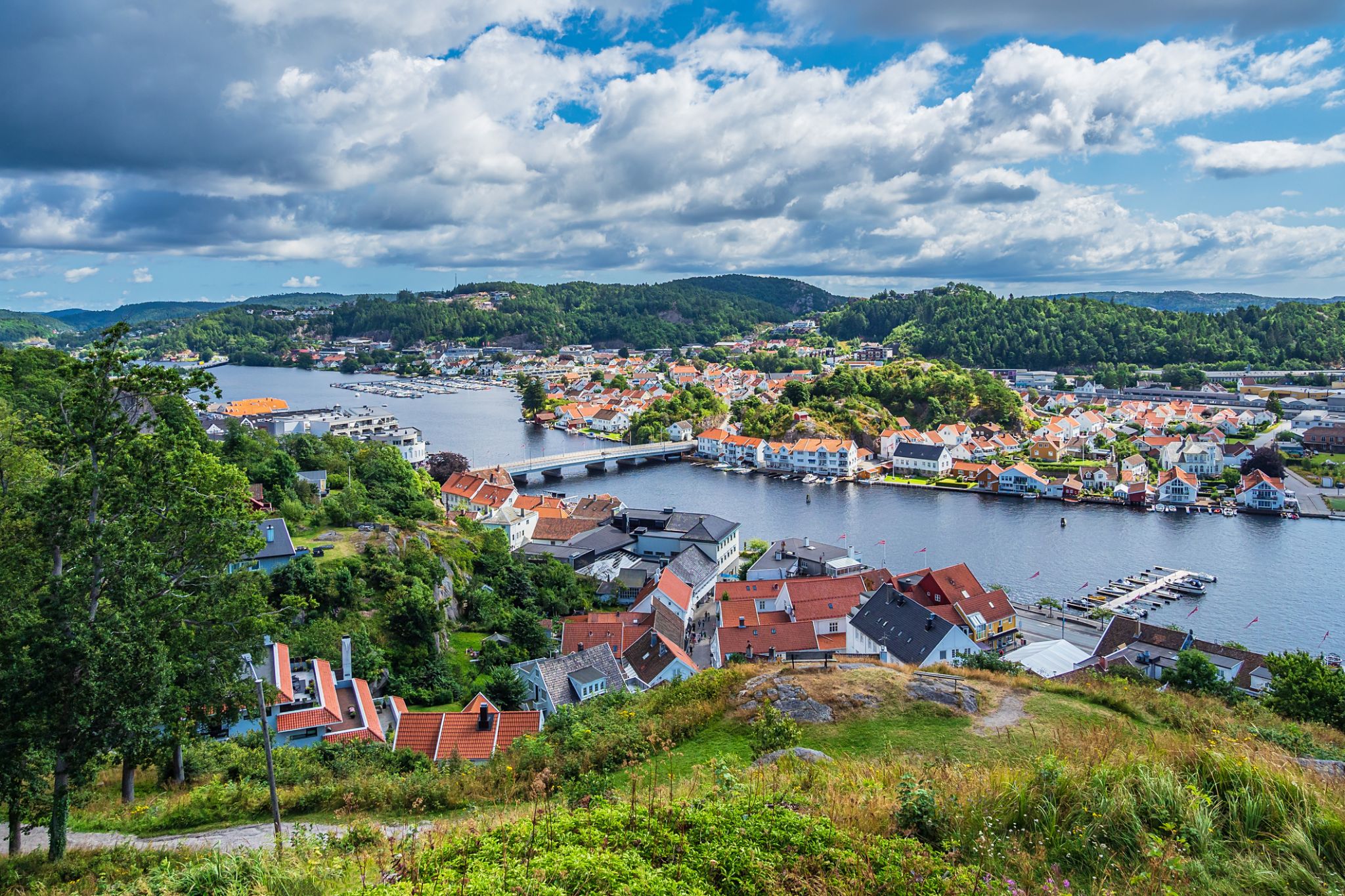

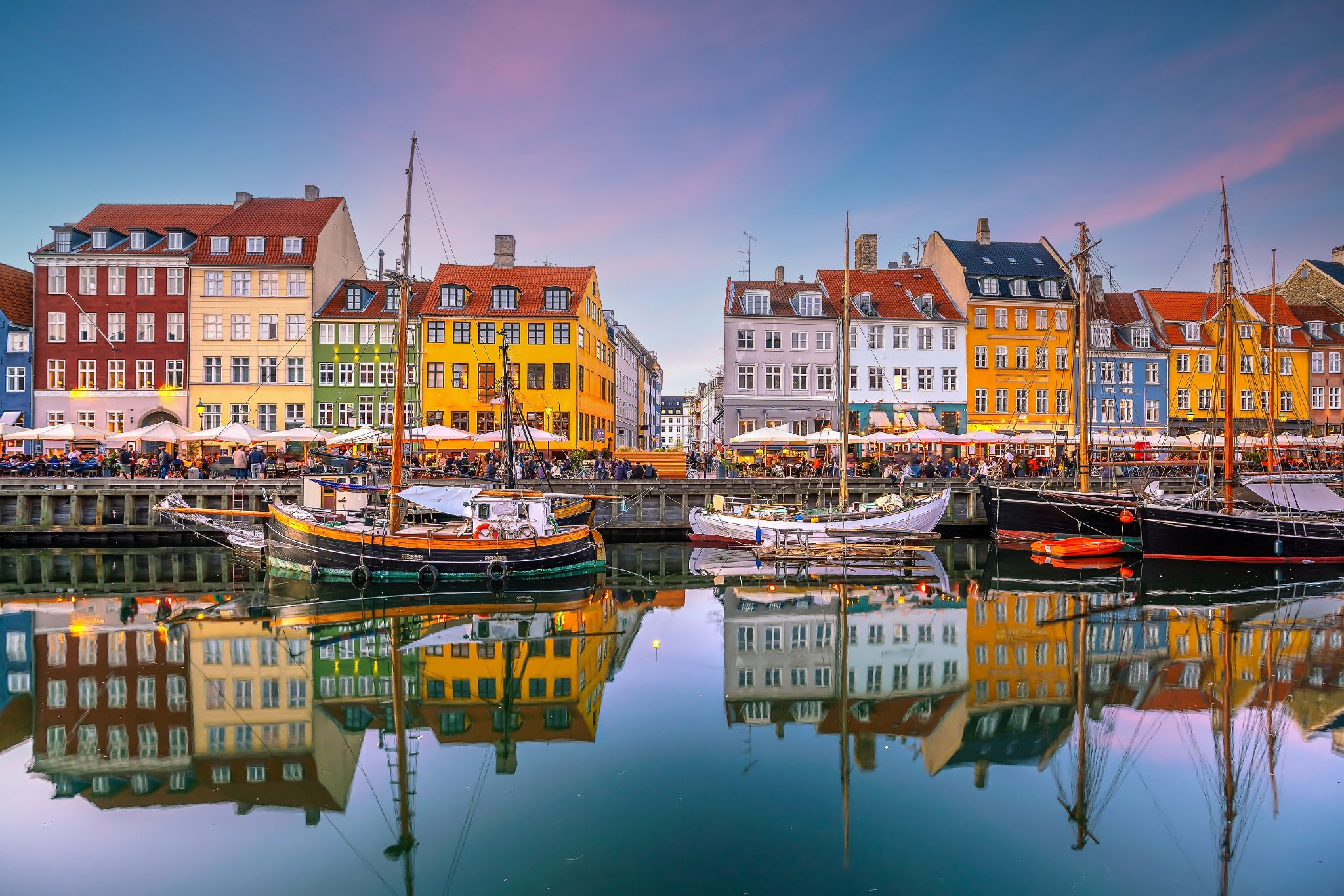
the capital and chief port of Denmark, a city that occupies the eastern part of Zealand and northern part of the island of Amager; population 518,574 (2009).

the capital and chief port of Denmark, a city that occupies the eastern part of Zealand and northern part of the island of Amager; population 518,574 (2009).